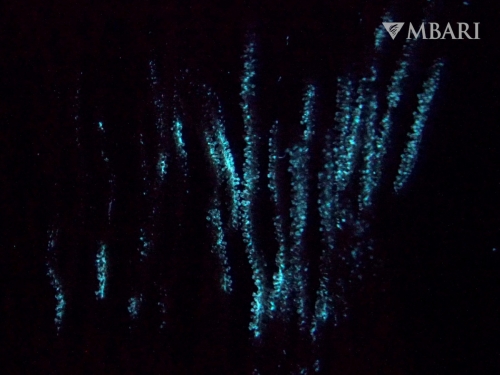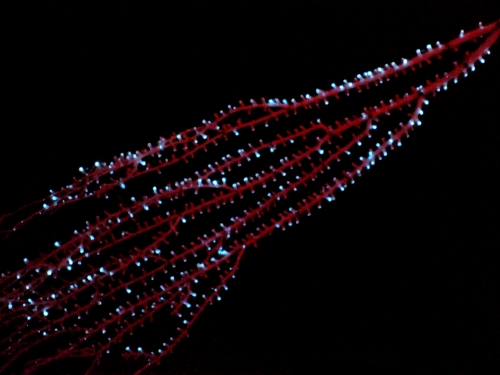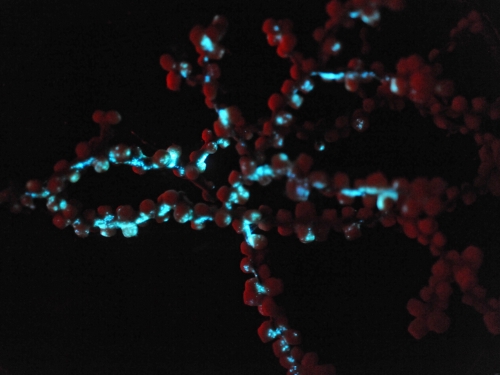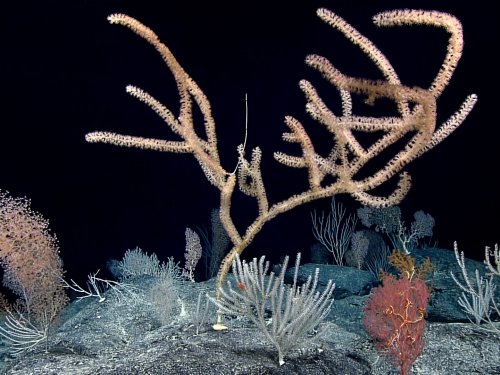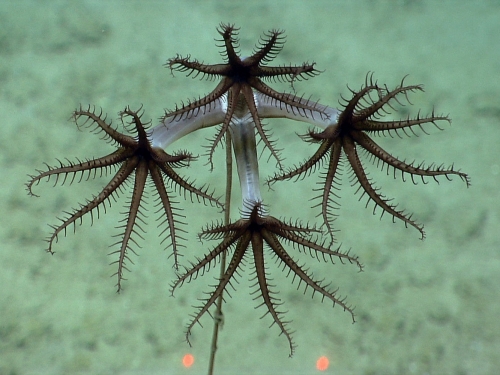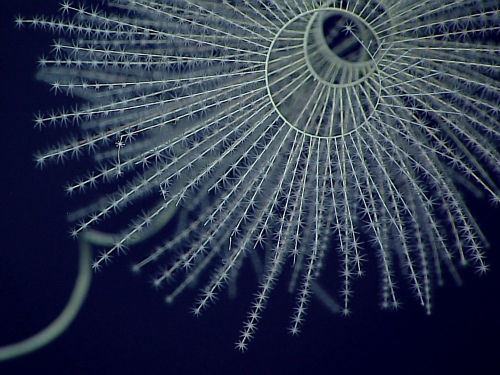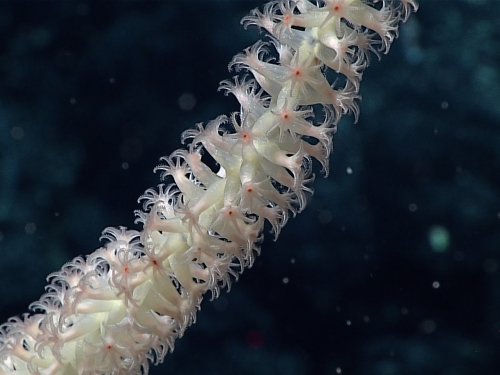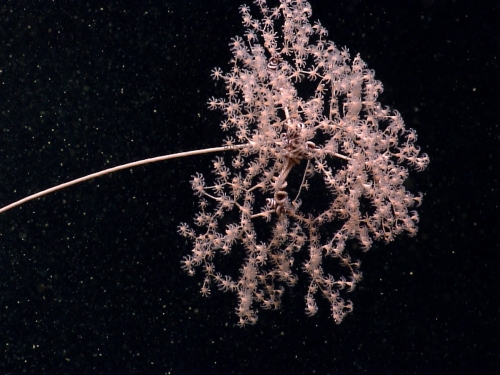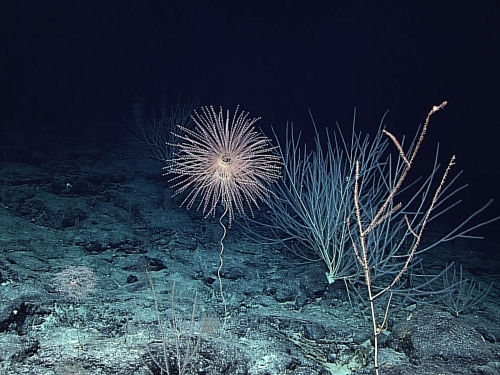With thousands of living representatives and relatively high incidence of bioluminescence, researchers suspect that the trait has played a role in the group’s evolutionary success. While this further begs the question of what exactly octocorals are using bioluminescence for, the researchers said the fact that it has been retained for so long highlights how important this form of communication has become for octocorals’ fitness and survival. Octocorals that glow typically only do so when bumped or otherwise disturbed, leaving the precise function of their ability to produce light a bit mysterious.
Bioluminescence first evolved in animals at least 540 million years ago in a group of marine invertebrates called octocorals, according to the results of a new study from scientists with the Smithsonian’s National Museum of Natural History. The results, published today, April 23, in the Proceedings of the Royal Society B, push back the previous record for the luminous trait’s oldest dated emergence in animals by nearly 300 million years, and could one day help scientists decode why the ability to produce light evolved in the first place.


